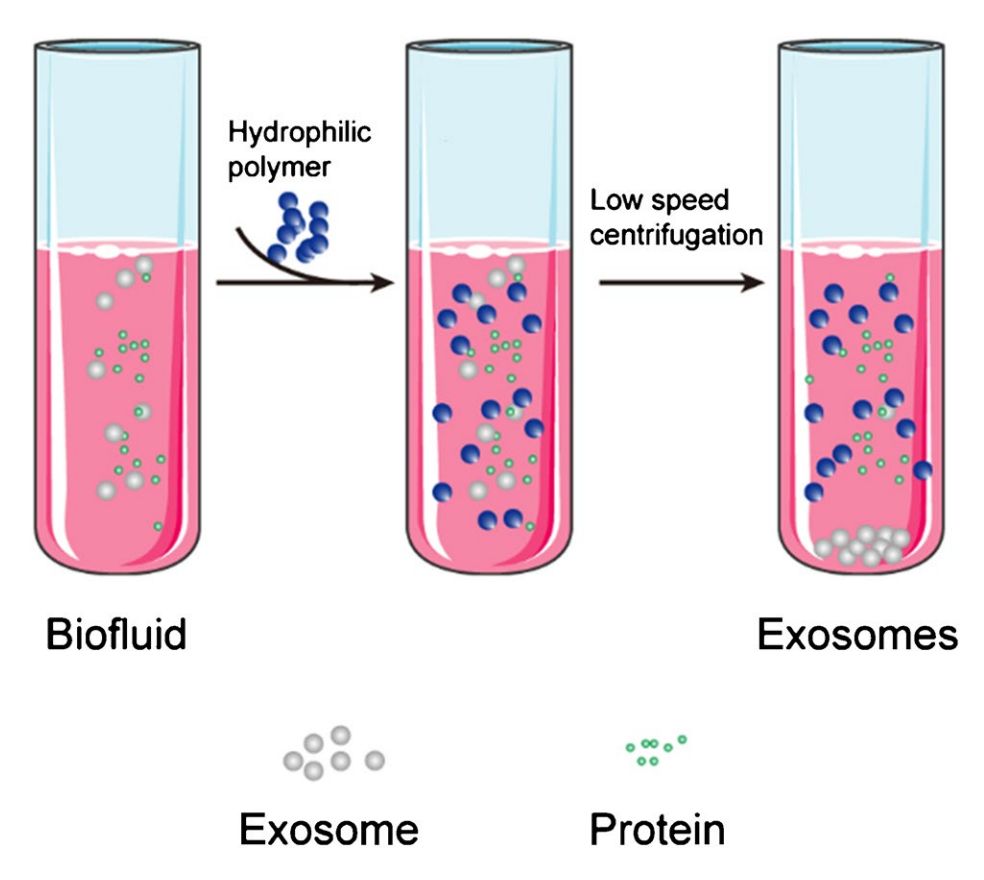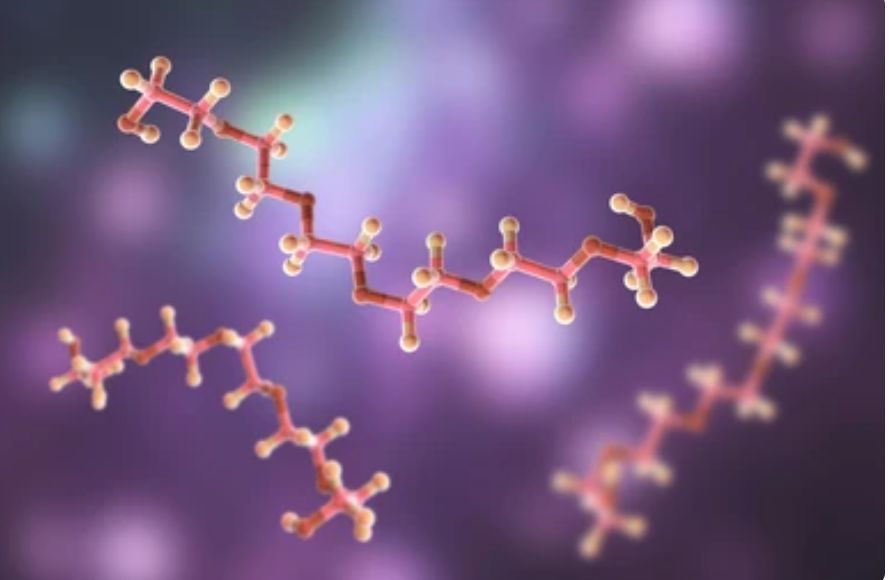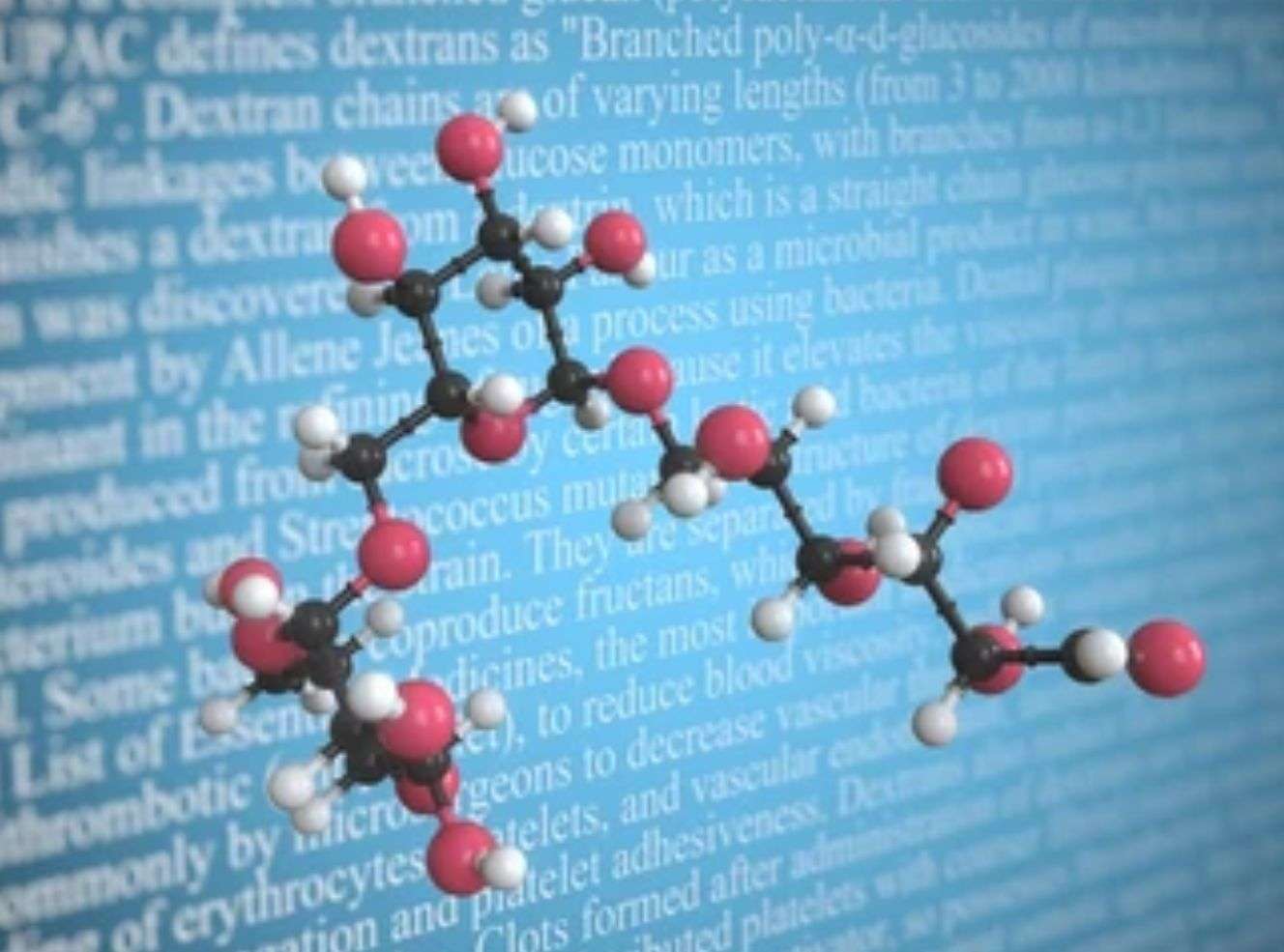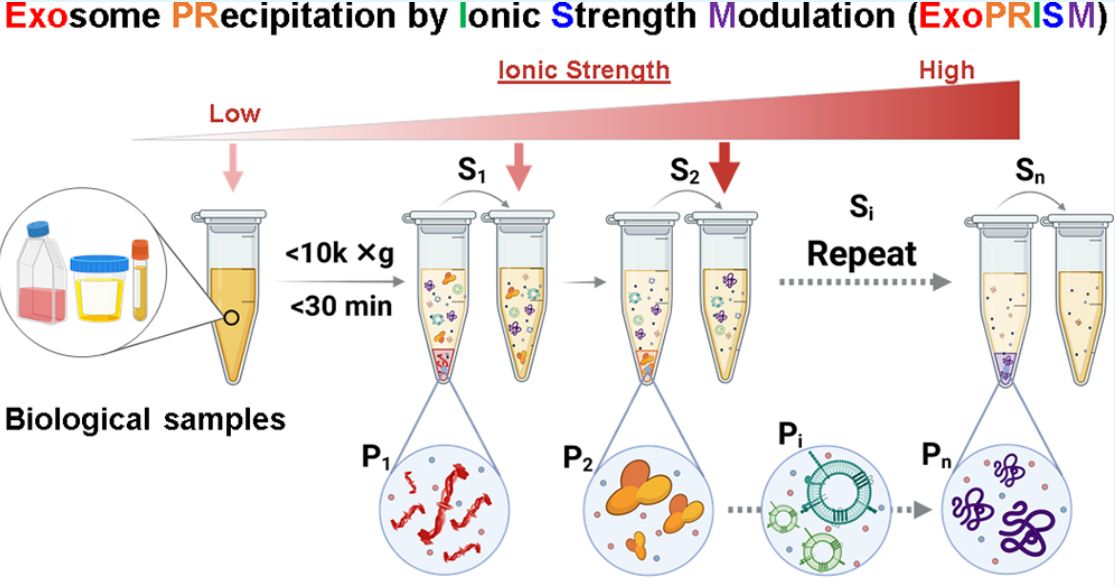Exosome Isolation by Polymer Precipitation
Exosomes are nanoscale lipid bilayer vesicles containing various proteins, nucleic acids, and small molecules, contributing to various physiological and pathological functions. Many methods have been used to isolate exosomes. Among them, the polymer precipitation is common. This technology is based on the aggregation of exosomes in precipitants. The further purified exosomes can be used for downstream analysis and characterization.
What is the Principle of Polymer Precipitation?
- Exosome isolation by the polymer precipitation method is based on the different solubility of exosomes and other components in solutions containing precipitants. Adding water-soluble precipitant to the sample solution can create a high-viscosity environment and alter the solubility characteristics of the sample components.
- Exosomes are lipid bilayer vesicles with hydrophobicity. The addition of precipitants leads to system dehydration, reduces the solubility of exosomes in aqueous solutions, and forms visible particle or cloud-like structures.
 Figure 1. Schematic of polymer precipitation–based exosome isolation. (Liu WZ, et al., 2022)
Figure 1. Schematic of polymer precipitation–based exosome isolation. (Liu WZ, et al., 2022)
What are the Commonly Used Precipitants for Polymer Precipitation?
The commonly used reagents for the isolation of exosomes by polymer precipitation include polyethylene glycol (PEG) and dextran. These polymers are water-miscible and have been widely employed in exosome research for their ability to induce exosome precipitation.
 |
Polyethylene Glycol (PEG): PEG is widely used in exosome research for its ability to create a dehydrating environment, reducing the solubility of exosomes and promoting their aggregation and precipitation. |
 |
Dextran: Glucan is a polysaccharide extracted from bacteria or yeast. Similar to PEG, adding concentrated dextran solution to the sample reduces the solubility of exosomes, leading to precipitation. |
Advances in Polymer Precipitation for Exosome Isolation
In recent years, scientists have used ion intensity adjustment to precipitate exosomes, which can efficiently isolate active exosomes without affecting biological functions. It is expected to become a powerful tool for next-generation liquid biopsy and regenerative medicine.
 Figure 2. Exosome precipitation by ionic strength modulation. (Sunkara V, et al., 2023)
Figure 2. Exosome precipitation by ionic strength modulation. (Sunkara V, et al., 2023)
Types of Exosomes Can be Isolated by Polymer Precipitation
- Cell-Derived Exosomes: Exosomes can be isolated from different cell types, including cancer cells, immune cells, stem cells, and other primary or cultured cells.
- Biofluid-Derived Exosomes: Exosomes can be isolated from various biofluids, including blood (plasma, serum), urine, saliva, cerebrospinal fluid, and breast milk.
- Disease-Specific Exosomes: Exosomes derived from specific disease conditions, such as cancer, cardiovascular diseases, neurodegenerative disorders, and infectious diseases, have been particularly interesting.
The precipitation of exosomes is easy to carry out and does not require specialized equipment. This simplicity allows the method to be directly integrated into research laboratories and clinical applications.
In addition to isolation services, Creative Biostructure provides clients with exosome kits for rapid isolation of total exosomes. Meanwhile, we are also a leading supplier of high-purity exosome products, offering comprehensive solutions to satisfy clients' specific requirements. Below are examples of our exosome products:
| Cat No. | Product Name | Source |
| Exo-CH21 | HQExo™ Exosome-A375 | Exosome derived from human malignant melanoma cell line (A375 cell line) |
| Exo-CH02 | HQExo™ Exosome-A549 | Exosome derived from human non-small cell lung cancer cell line (A549 cell line) |
| Exo-CM01 | HQExo™ Exosome-B16F10 | Exosome derived from murine melanoma cell line (B16F10 cell line) |
| Exo-CH15 | HQExo™ Exosome-BLCL21 | Exosome derived from EBV transformed lymphoblastoid B cells (BLCL21 cell line) |
| Exo-CH08 | HQExo™ Exosome-BPH-1 | Exosome derived from human benign prostatic hyperplasia-1 (BPH-1 cell line) |
| Exo-CH23 | HQExo™ Exosome-BxPC-3 | Exosome derived from human pancreas carcinoma cell line (BxPC-3 cell line) |
| Explore All Exosomes Isolated from Cancer Cell Lines | ||
With a focus on quality and purity, Creative Biostructure's exosome products are carefully developed and rigorously tested to satisfy the unique requirements of researchers and clinicians. Our cutting-edge isolation methods efficiently separate exosomes, ensuring that their integrity is maintained in a variety of applications. If you are interested in our services and products, please do not hesitate to contact us.
References
- Liu WZ, et al. Current status and outlook of advances in exosome isolation. Anal Bioanal Chem. 2022. 414(24): 7123-7141.
- Sunkara V, et al. Exosome Precipitation by Ionic Strength Modulation: ExoPRISM. ACS Appl Mater Interfaces. 2023. 15(49): 56807–56819.
